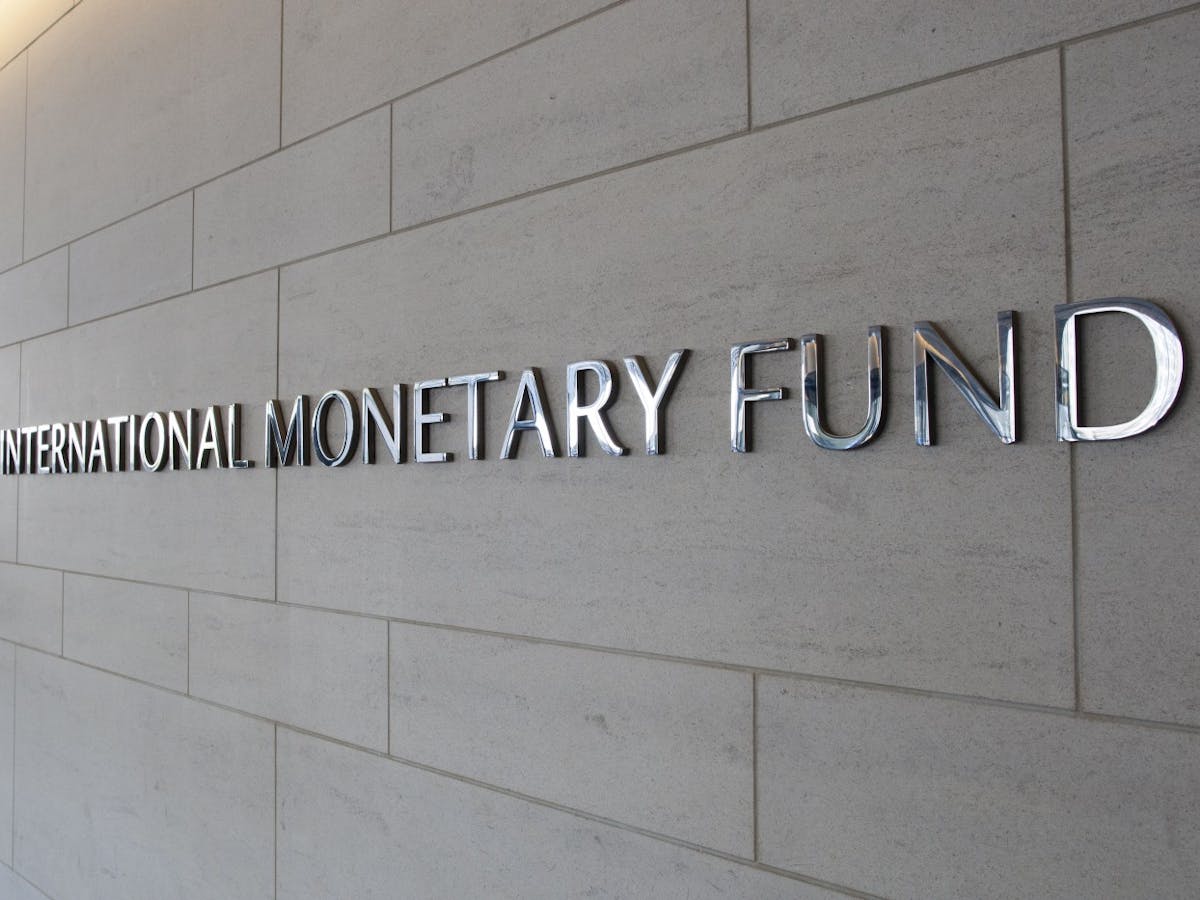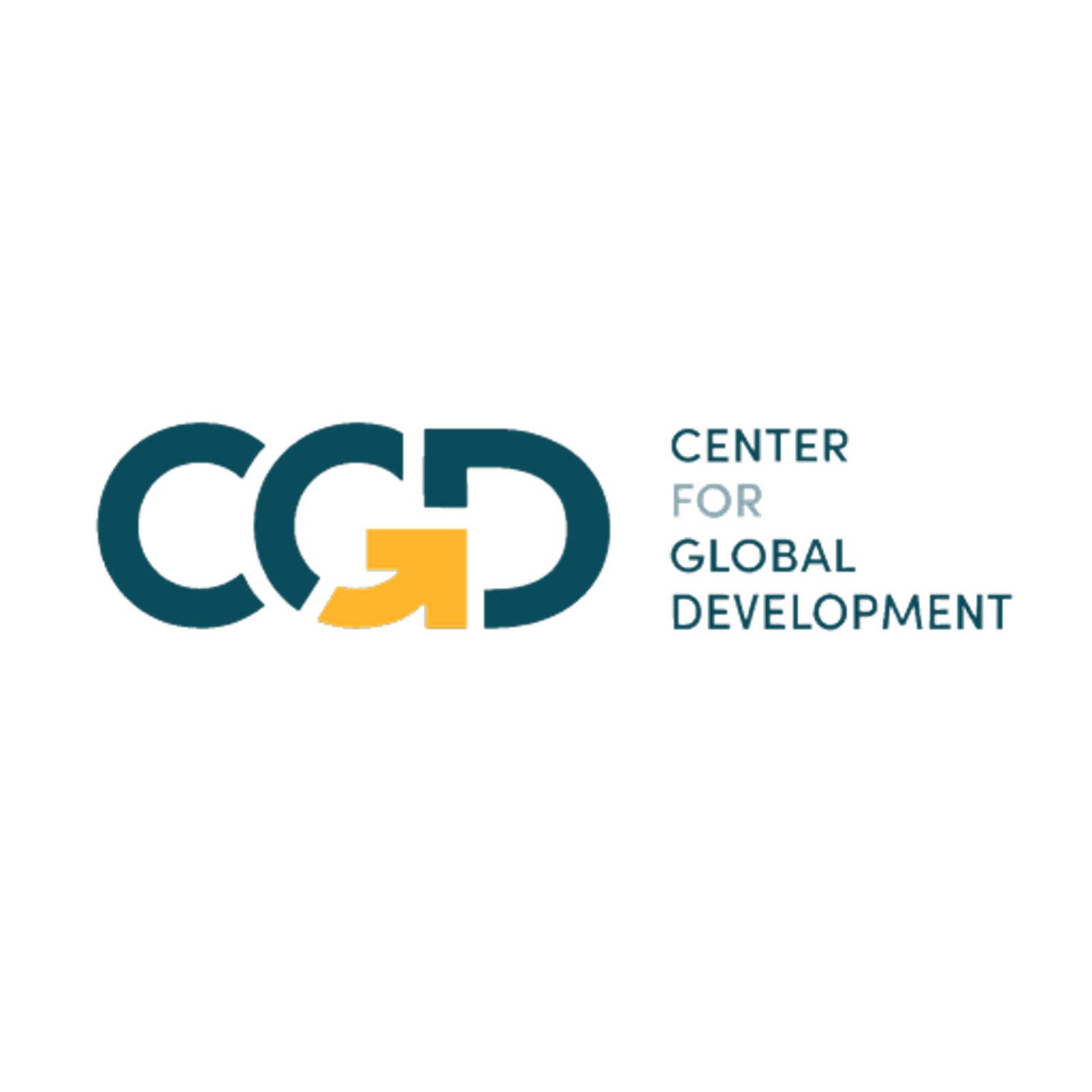APRIL 18, 2024
Many developing countries are still grappling with the consequences of the pandemic and the associated high debt burdens while facing huge financing needs, inter alia related to climate change. This week’s Spring Meetings of the IMF and the World Bank, as well as the G20 meetings happening in parallel, are a moment for action.
In 2021, the International Monetary Fund (IMF) issued $650 billion in special drawing rights (SDRs). The G7 and G20 have committed to re-channelling $100 billion of their SDR allocation to developing countries. If well done, this could provide urgently needed breathing space to vulnerable developing countries. The question now is how to implement these commitments in a way that promotes the global transformation and at the same time supports debt sustainability.
In a new policy brief published by IDOS, the German Institute of Development and Sustainability, I examine SDR re-channeling and the associated barriers. Here is the short version:
It is important to note that there are certain restrictions on the re-channelling of SDRs. Most importantly, the re-channelling must be consistent with the SDR’s status as an international reserve asset. There are different interpretations of these requirements. The IMF has encouraged the use of the Poverty Reduction and Growth Trust (PRGT) and the Resilience and Sustainability Trust (RST) for re-channelling. It has also signalled general support for re-channelling SDRs to the multilateral development banks (MDBs) for onlending. The European Central Bank (ECB) has taken a more restrictive stance.
Unfortunately, this current on-lending regime has two shortcomings. First, it does not sufficiently link foreign exchange support to deep structural transformation. Second, it does not allow funds to be leveraged in the private capital market. But fortunately, there is a promising alternative, namely to re-channel SDRs for MDB hybrid capital. This option, as suggested by the African Development Bank as well as the Inter-American Development Bank, can overcome the two drawbacks of the current system.
However, both options raise concerns about debt sustainability. If implemented in their current forms, they would risk exacerbating vulnerable countries’ debt problems. It would therefore be desirable to modify these options to better integrate debt implications. This could be done by using the on-lent SDRs primarily for programmes that are not expenditure-based, but rather help to improve the composition of expenditure and revenue in a socially equitable manner, for example the introduction of regulatory standards, “fee-bates,” and carbon pricing, or the phasing out of fossil fuel subsidies. Such an approach could have the added benefit of making previously sceptical member states more receptive to the hybrid capital proposal.
Opening up this additional rechannelling option would give countries more choices in implementing their commitments. Those G7 and G20 countries that are not in a position—or for other reasons do not wish—to re-channel part of their SDR allocations to MDB hybrid capital should not stand in the way.
Read the full policy brief here.
Disclaimer
CGD blog posts reflect the views of the authors, drawing on prior research and experience in their areas of expertise. CGD is a nonpartisan, independent organization and does not take institutional positions.

